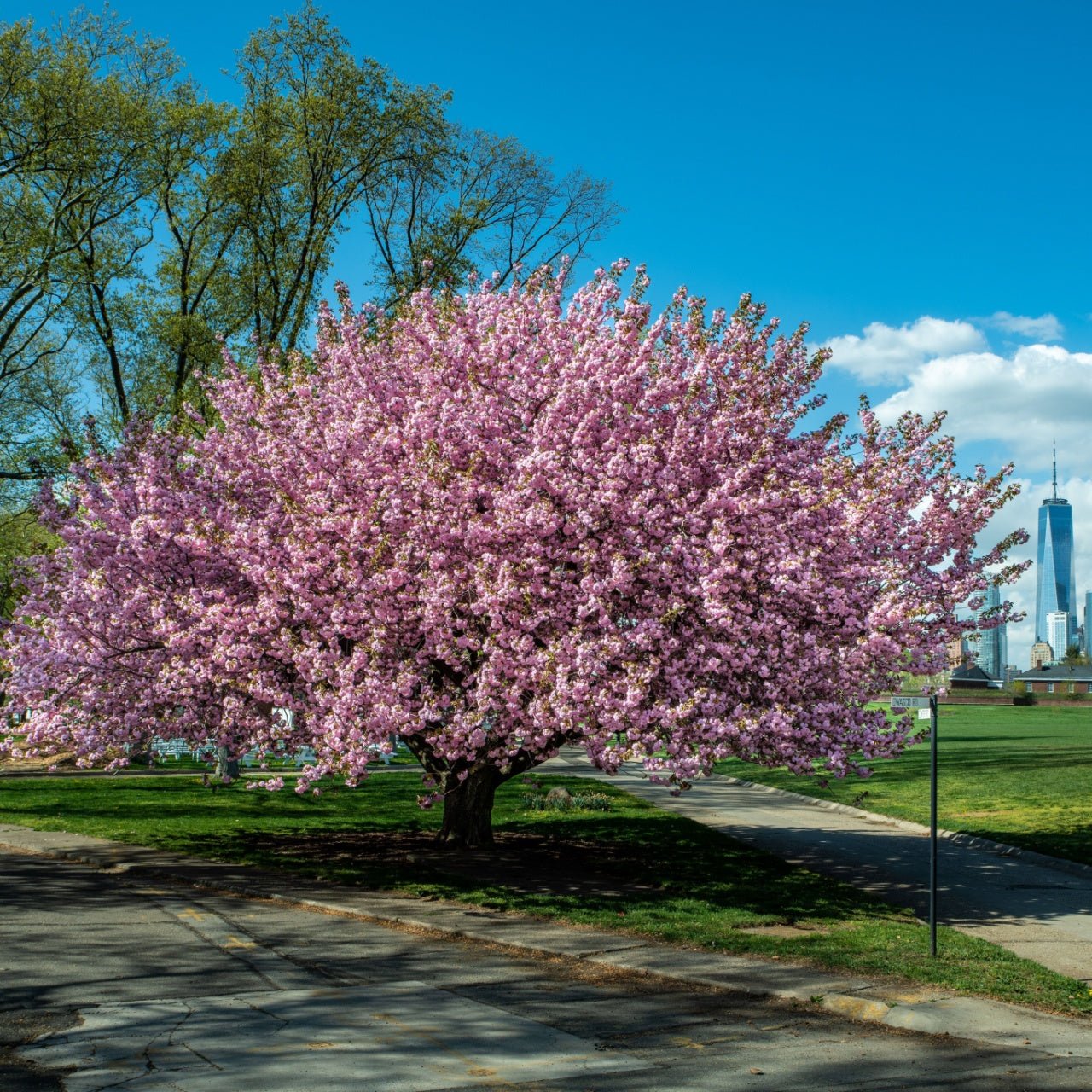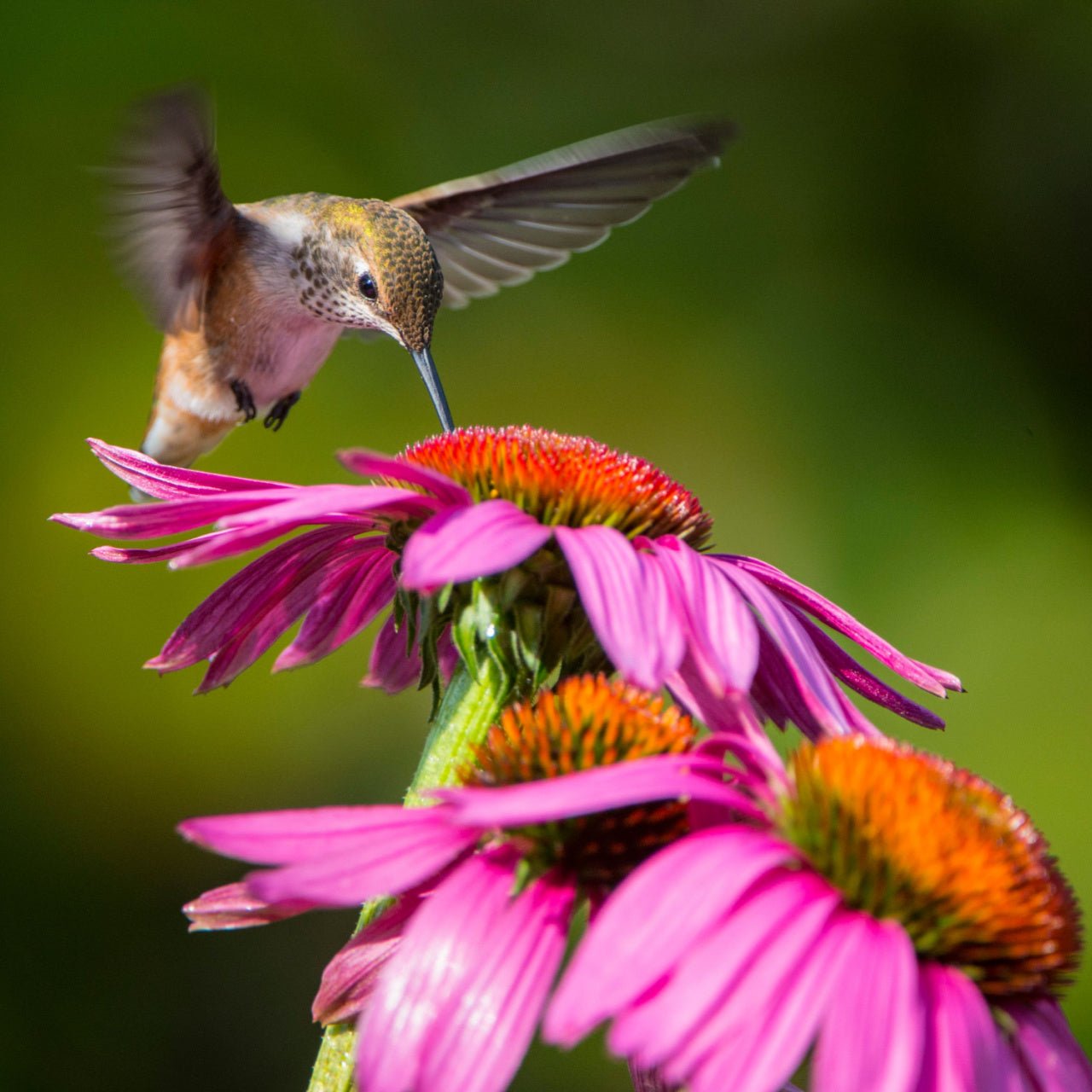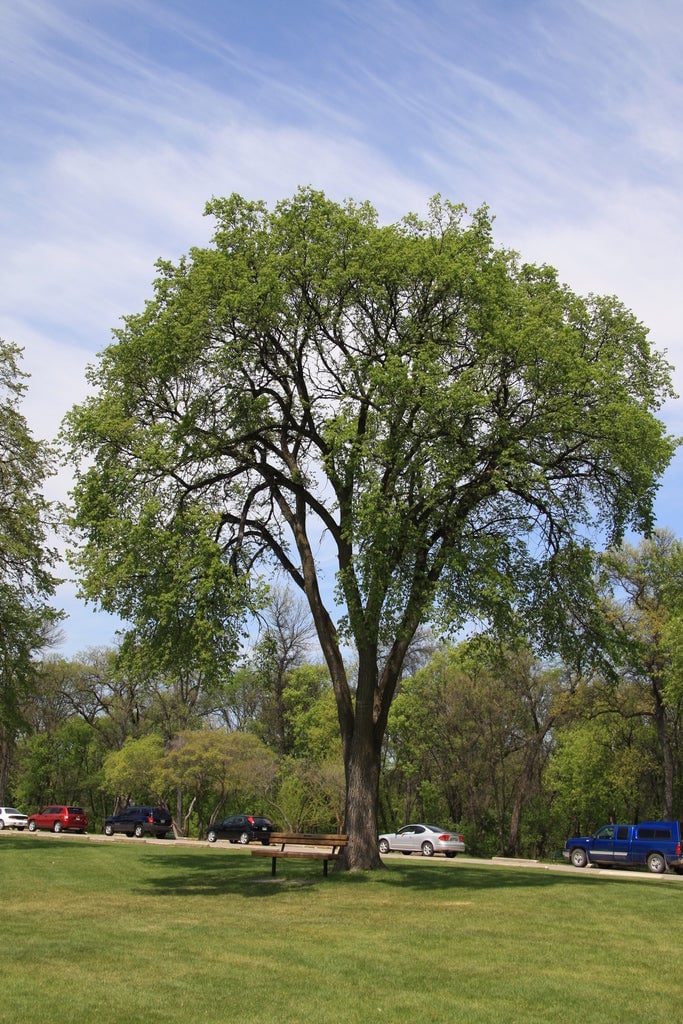
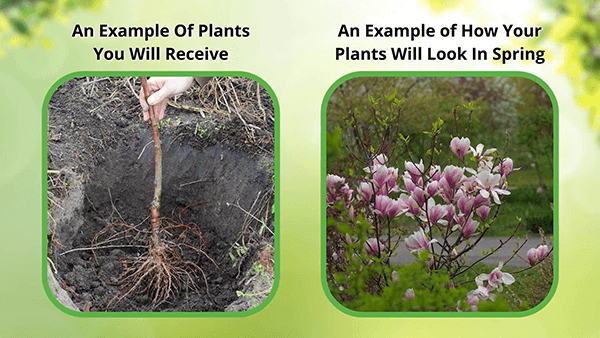
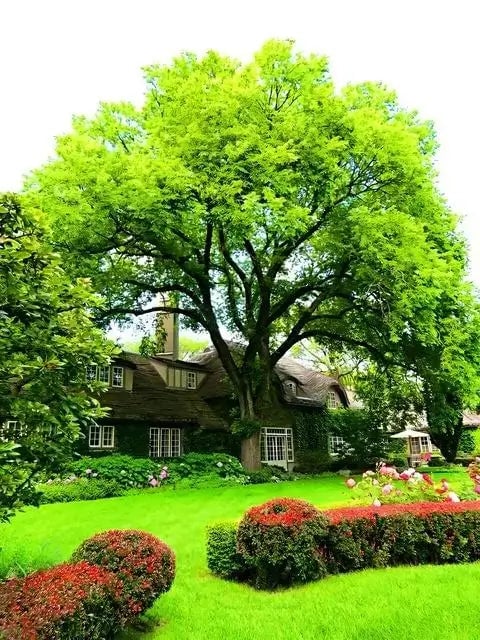

Elm Tree
Provides ample shade for cooling
Fast-growing with minimal maintenance needs
Resilient to urban environmental stress
Thrives in
ZONE 2ZONE 3ZONE 4ZONE 5ZONE 6ZONE 7ZONE 8ZONE 9This plant ships:
Week of May 12th1 Year Guarantee on all plants
Elm Tree - Ulmus
Elm Trees are characterized by their tall, vase-like shape, serrated oval leaves with prominent veins, and gray-brown bark with deep furrows. They are majestic and versatile and have numerous landscaping benefits. Their impressive size, graceful form, and adaptability to different environments have been a favorite among landscape designers for centuries.
They are often grouped in vast forests. In the 1800s, they were planted in North America, Europe, and Australia for ornamental and similar reasons. Today, they are regularly seen in many cities throughout those regions as well as in countries elsewhere, such as Indonesia and Japan.
The Elm Tree Is Semi-Deciduous
This type of greenery consists of around 35 species, eight commonly found in North America and three endemic to Europe. They are deciduous and semi-deciduous, the former meaning they lose their foliage every winter, and the latter meaning this is usually done only briefly, especially in cold or dry conditions.
The famous leaves have jagged edges and are shaped like hearts. They are often home to small, white flowers as well. Meanwhile, the bark is generally brown, grey, or a combination of grey and green.
Elm Trees Are A Top Pick For Shade Trees
Those living where these are grown have enjoyed numerous benefits as a result. The most commonly known ones are their aesthetic beauty and the shade that they provide, perfect for hot summer days. They also help cultivate populations of animals such as birds and butterflies. That said, their most important benefit is their ability to remove pollutants from the air and soil.
They Can Get Over 120 Feet Tall
It is native to the eastern half of the United States and Canada and is Massachusetts' state tree. It can grow to heights ranging from 100 to 120 feet, although plants of this type tend to be shorter in colder climates. They can also live for hundreds of years, withstanding the chilly winter weather that occurs annually in many areas of this part of the world.
New York's Central Park is one of the most famous places, home to numerous plants of this type. The grove located around 66th Street is believed to be one of the most extensive groves of this type of plant.
They Have A Deep History
The first known mentions of them in literature occurred in the "Iliad," written in the 8th century B.C. These beautiful plants have been regularly written about and displayed in visual artwork for centuries.
Where do they grow best?
They thrive on loamy or black soils that drain easily and require less than 10 pts of moisture. It thrives in partial to full sun, but can be seen in parks, roadsides and woods. They grow in different environments but are most productive in an environment that has steady rainfall.
What was the wood used for?
In the past, the wood was valued for its great strength, and it was widely used for making furniture, wheels for wagons, and many tool handles. It was also very much employed in the construction of boats owing to its impermeability with water.
Is it a hardwood or softwood?
Elm Tree has the attributes of a hardwood because it originates from a broad-leaved type. However, it has a medium-density wood, which could be easier to maneuver than a lot of other hardwood types of timber. It has interlock grain that makes it highly resistant to splitting and has very good strength.
What fruit do they produce?
They have small, round, woody nutlets known as samaras. These fruits are normally less than an inch in diameter and consist of only one seed in the middle. They are wind-dispersed, meaning that you find them growing over large areas.
This Is How Your Plants Will Look upon Delivery

Height at Maturity
Over 25 Feet
Care
Elm trees thrive in well-drained soil with regular watering during dry spells. Prune them in late winter to maintain shape and remove dead or diseased branches. Watch for pests and treat promptly to ensure a healthy tree.
Plant Reproduction
Elm trees spread via wind-dispersed seeds and root suckers
Plant bare root trees during the dormant season in early spring or late fall (November through April). Dig the hole twice as wide as the roots so the soil is well-drained. Position the tree so the root flare is at or just above ground level. Fill the hole back with the soil you dug from and water. Maintain soil moisture, especially in the tree's early years, by providing deep, regular watering. Apply a 2-4 inch mulch away from the trunk at the base to retain moisture and suppress weeds. Prune trees during the first few seasons to establish strength and resilience, remove damaged branches, and continue maintenance pruning as the tree matures. Regularly inspect for pests and diseases and apply integrated pest management practices. Protect young trees from mechanical damage and extreme temperatures with tree guards, and stake them if necessary for support, removing the stakes after one or two years.
Shipping date depends on the date displayed and chosen when you order from the product's page.
We only accept returns on plants verified dead. If you think your plants have died, we offer a 1 year warranty, please use this File a Claim Link to verify dead plants and start with return warranty process.





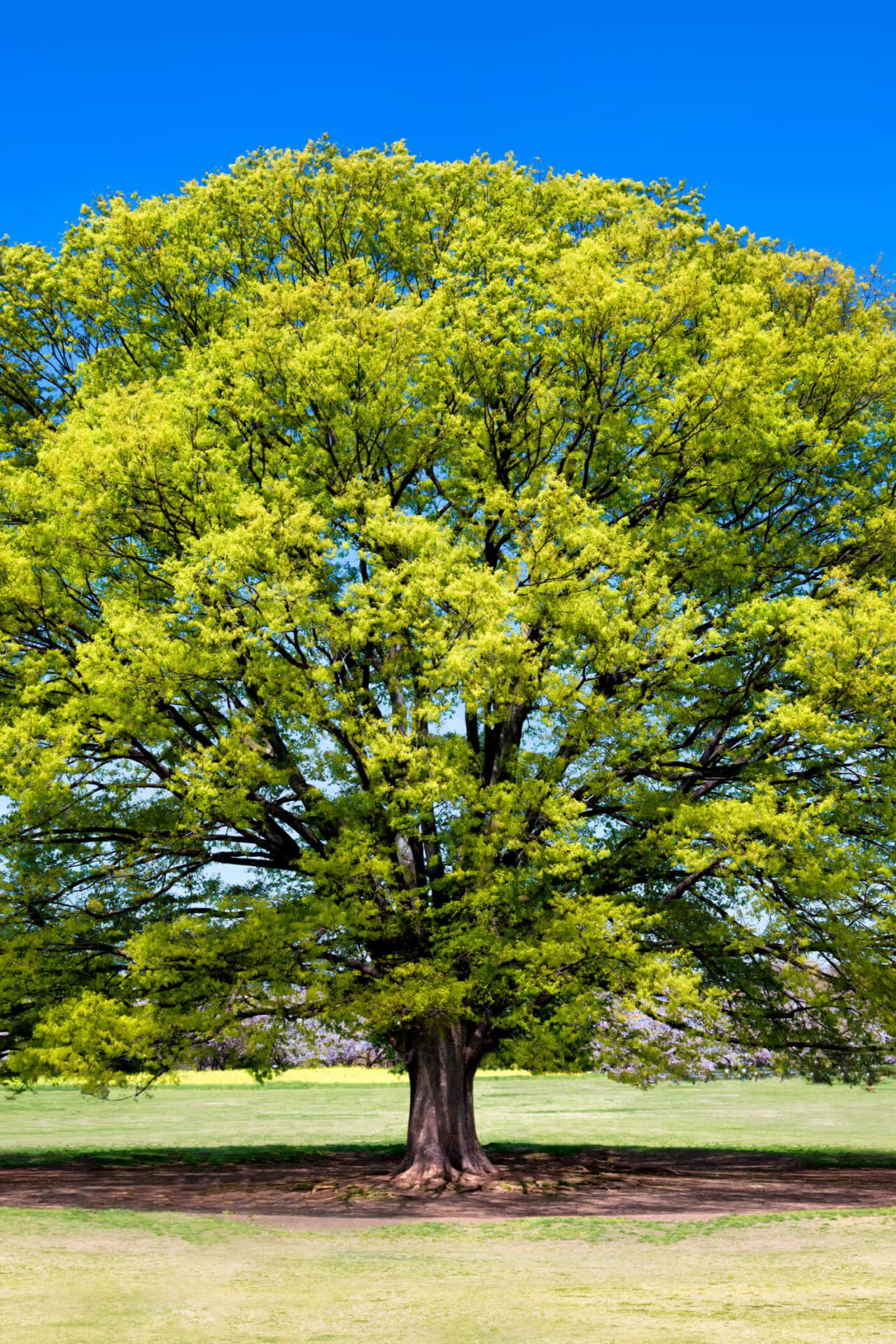
Majestic Appearance:
Elm trees are known for their graceful, vase-shaped canopy that provides ample shade. Their elegant structure adds a stately and timeless beauty to any landscape.
Adaptability:
These trees are highly adaptable to various soil types and environmental conditions. Whether you have sandy, loamy, or clay soil, elms can thrive, making them versatile for different gardening needs.
Rapid Growth:
Elm trees grow quickly, making them an excellent choice for those looking to establish shade or privacy in a shorter time frame. Their fast growth rate helps transform a garden or yard rapidly.
Historical Significance:
Elm trees have a rich history and cultural significance, often associated with strength and endurance. Planting an elm can connect you to a tradition of using these trees as symbols of resilience and community.
Caring Tips
How do I care for my Elm Tree?
Each box contains detailed care instructions and information about your product. But here's the basics.
Care Tips
Elm trees thrive in well-drained soil with regular watering during dry spells. Prune them in late winter to maintain shape and remove dead or diseased branches. Watch for pests and treat promptly to ensure a healthy tree.
Light Requirements
Elm Trees thrive in full sun to partial shade. They favor bright, indirect sunlight but can also tolerate some shade. For optimal growth and flowering, ensure they receive at least 4-6 hours of sunlight daily.
Hardy Planting Zones
2 • 3 • 4 • 5 • 6 • 7 • 8 • 9
Header
Use this content to share information about your store and products.
Frequently Asked Questions
How often should I water my plants?
How do I know if my plant is getting too much or too little sunlight?
What should I do to prepare my plants for winter?
What are the signs that my plant needs fertilizing?
How can I prevent pests from damaging my plants?
How do I choose the right plant for my climate zone?





